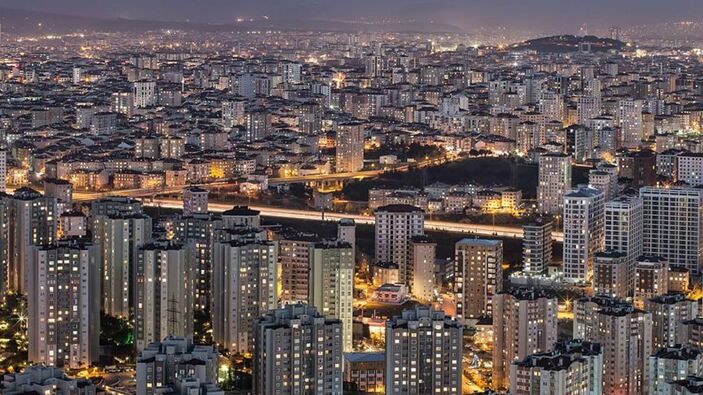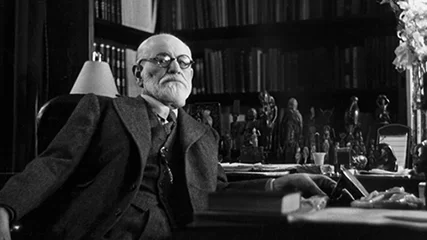How urban growth conflicts with our evolutionary roots.
For most of human history, we lived in small, tight-knit groups. These family-based communities, often between 25 and 150 people, formed the backbone of survival and social interaction. Anthropological research shows that Homo sapiens evolved under these conditions, relying heavily on personal relationships, trust, and cooperation. As societies grew larger with the advent of agriculture and the formation of cities, new challenges emerged that our evolutionary makeup was never fully equipped to handle.
Humans are fundamentally social creatures, but the structure of our socialization evolved for small groups. According to Burnside, Brown, and Burger, human macroecology demonstrates that our social strategies were shaped to optimize survival in small, dispersed communities, not in modern cities’ crowded, complex environments (Burnside, Brown, & Burger, 2012).
Small Communities: The Evolutionary Advantage
Small communities offer significant advantages. In these settings, individuals benefit from strong kinship ties, high levels of cooperation, and immediate reciprocity. Living in a small group means that social roles are clearly defined, and people directly influence group decisions. This fosters a profound sense of belonging and purpose. In contrast, large cities necessitate abstract governance systems, anonymous interactions, and hierarchical structures that can create feelings of alienation.
Despite the marvels of urban innovation, the shift to large cities has introduced significant disadvantages. Urbanization has been associated with increased mental health challenges, including anxiety and depression, as people grapple with the loss of close social ties (Johnson & Munshi-South, 2017). Large cities can also exacerbate social inequalities, leading to stark contrasts between wealth and poverty. Massey points out that modern urban environments are often characterized by concentrated affluence and poverty, further fracturing community cohesion (Massey, 1996).
Family structures have undergone significant transformations due to urban pressures. Brockerhoff discusses how migrant families in large cities often face worse child survival outcomes because of diminished community support structures (Brockerhoff, 1995). Similarly, Gore found that urbanization usually weakens family bonds, as economic pressures force family members to disperse for work or education (Gore, 1990).
Urbanization: Costs Beyond Opportunity
It is tempting to romanticize rural life or small-town existence as a remedy for the ills of modern urban living. Smaller towns often mirror the social dynamics of ancestral communities more closely, offering greater opportunities for meaningful social ties and community involvement. Davis notes that in earlier phases of human urbanization, cities were little more than expanded villages where everyone knew everyone else (Davis, 2015). These settings supported the type of human social interaction in which we evolved to thrive.
However, solving the problems of urbanization does not simply involve relocating to a small town. Urban centers offer immense advantages, including access to healthcare, education, cultural experiences, and employment opportunities. As Peng, Chen, and Cheng discuss, urbanization has undeniably elevated living standards for many despite its drawbacks (Peng, Chen, & Cheng, 2011).
Therefore, the solution may not involve abandoning cities altogether but restructuring urban life to accommodate our evolutionary needs. Urban planners are increasingly focused on designing cities with community in mind, promoting walkable neighborhoods, communal spaces, and social infrastructure that can help foster the kinds of social bonds humans need to thrive.
A New Path Forward
The tension between our evolutionary past and urban present is unlikely to disappear. However, understanding our biological and social roots may help us forge a better path forward, blending the advantages of modernity with the deep social connectivity we crave.
References
Brockerhoff, M. (1995). Child survival in big cities: The disadvantages of migrants. Social Science & Medicine, 40(10), 1371–1383.
Burnside, W. R., Brown, J. H., & Burger, O. (2012). Human macroecology: Linking pattern and process in big-picture human ecology. Biological Reviews, 87(1), 194–208.
Davis, K. (1955). The urbanization of the human population. Scientific American, 213(3), 41–53.
Gore, M. S. (1990). Urbanization and family change. Bombay, India: Popular Prakashan.
Johnson, M. T. J., & Munshi-South, J. (2017). Evolution of life in urban environments. Science, 358(6363), eaam8327.
Massey, D. S. (1996). The age of extremes: Concentrated affluence and poverty in the twenty-first century. Demography, 33(4), 395–412.
Peng, X., Chen, X., & Cheng, Y. (2011). Urbanization and its consequences. In Encyclopedia of Life Support Systems (EOLSS). Oxford, United Kingdom: EOLSS Publishers.
*Sam Goldstein, Ph.D., is the Clinical Director of the Neurology Learning and Behavior Center and faculty at the University of Utah School of Medicine. Goldstein has authored dozens of books, chapters, and peer-reviewed research articles. Goldstein has served as Editor-in-Chief of the Journal of Attention Disorders and Co-Editor-in-Chief of the Encyclopedia of Child Development. With Robert Brooks, he has authored many books, including Tenacity in Children and Raising Resilient Children With Autism Spectrum Disorders: Strategies for Maximizing Their Strengths, Coping With Adversity, and Developing a Social Mindset.






